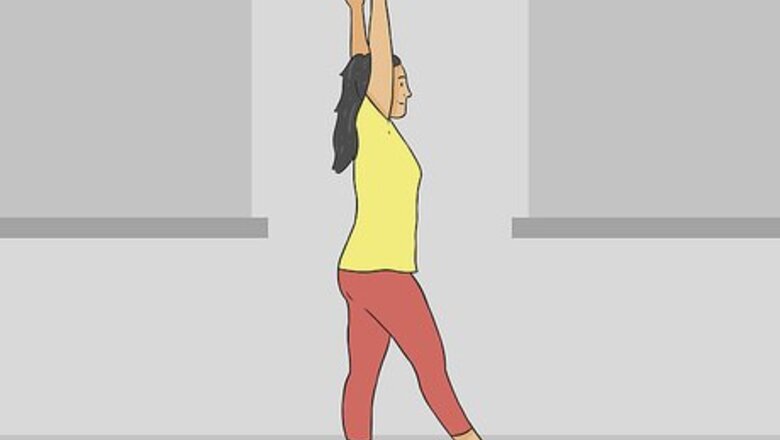
views
X
Expert Source
Tanya BerensonGymnastics Instructor
Expert Interview. 22 May 2020.
Be sure to have a spotter when you first try this exercise, then work up to doing it on your own.
Going into your One-Legged Backbend
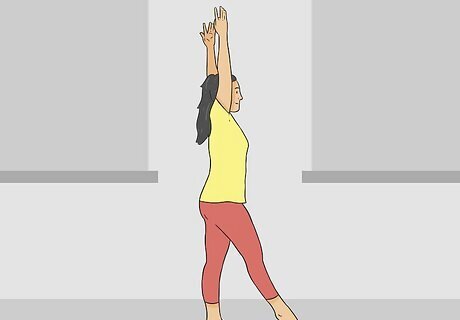
Raise your arms and extend your dominant leg. Raise your arms straight above your head. Fully extend your dominant leg straight out in front of you, keeping the other leg straight beneath you.. Stand tall and engage your core muscles. If you are starting with a spotter, they should put one hand on your back, and one hand under the thigh of your kicking leg.
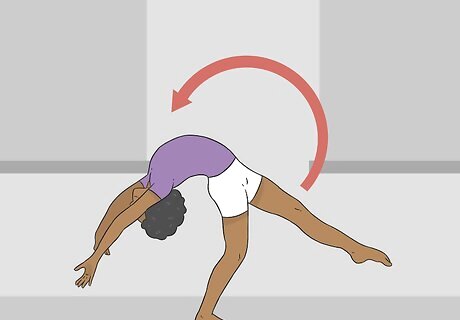
Start bending backwards. Point your palms upwards and push your hips forward. Push your arms and head backwards, making sure that you move them together. Bend your back slowly and carefully, keeping your dominant leg in position. Keep your abdominal muscles tight so that you can keep control of your core as you bend backwards. Make sure to balance your weight firmly on the one leg that is on the ground. Do not bend you knees or elbows just yet.
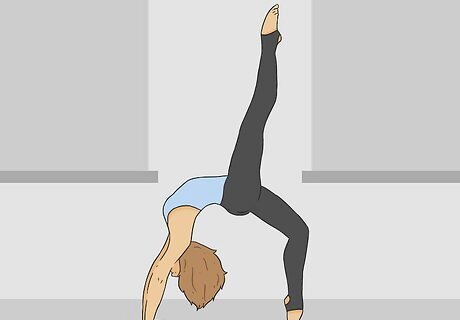
Land on your hands. Bend your hands so that your fingertips point towards the ground. Make contact with the mat underneath you and plant your hands onto the ground. Allow your weight to shift onto your hands.
Completing the Walkover
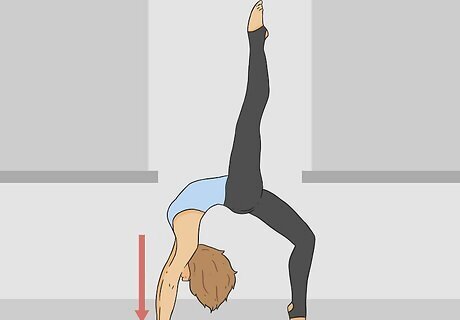
Push your shoulders over your hands. Once you are in a bridge, push your body upwards towards your shoulders. Move your body until your shoulders are over your hands. This will help to shift your weight over your hands and make it easier to do the walkover.
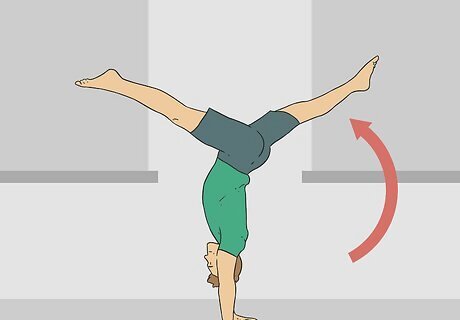
Push up into a split position. Push away from the floor with the foot that is planted on the ground. Keep both legs straight and bring yourself into a split handstand position. Shift your weight onto your hands. In a split handstand position, your legs should be held in a perfect horizontal line above the rest of your body.
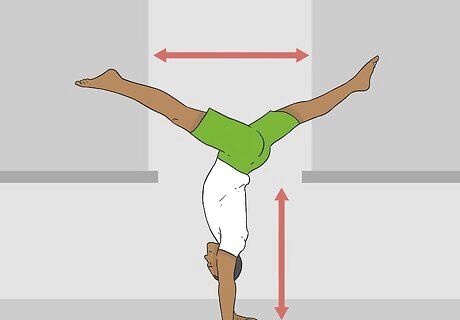
Hold your position firmly. Proper execution of a back walkover means maintaining good form throughout the exercise. Once your legs are off the ground, point your toes. Keep your legs straight.
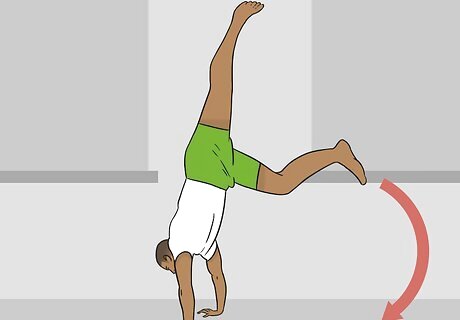
Follow through and land. Keeping your legs straight, push through the walk over. Land on your lead leg first, carefully shifting your weight onto it. Plant your other leg right after in a fluid motion. Bend the knee that lands first, resulting in a lunge position when you finish your back walkover. To keep proper form, finish with your arms straight above you and your fingers pointed upwards.
Solving Problems
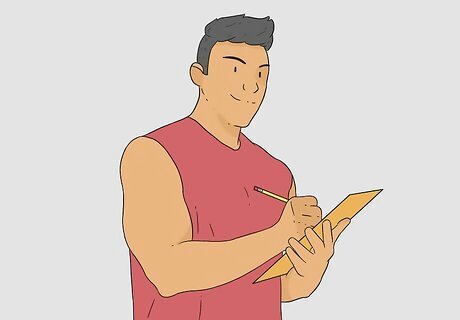
Seek advice on why you might be having trouble. If you are experiencing difficulty completing a back walkover, get advice from your coach or teacher. An experienced gymnast will recognize the difficulty in how you carry out the move, whether it be a lack of flexibility or simple hesitation. If you experience any pain when attempting a back walkover, see a doctor to eliminate the possibility of an injury that might be slowing you down.
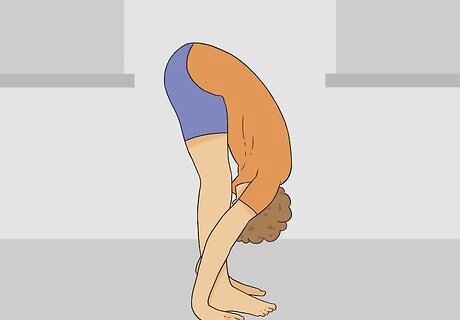
Do stretches to improve your shoulder and back flexibility. Completing a successful back walkover will not be possible without adequate flexibility in your back and shoulders. Do shoulder stretches and back stretches regularly to improve your flexibility. To avoid injury caused by overstretching, have your coach or an experienced teammate supervise your stretching. Doing back walkovers without adequate flexibility can cause injury over time.
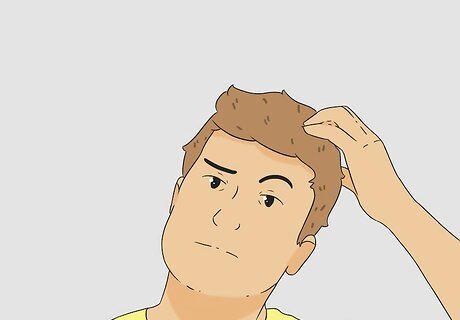
Combat psychological blocking with practice and positive thinking. Psychological blocking is a common issue in gymnastics where a gymnast freezes up and is unable to carry out a skill. There is no specific explanation or solution for this, but overcoming negative thinking is important. Avoid overthinking the problem by giving yourself a fixed amount of time to attempt the move, then moving on to other skills and exercises. Try doing a back walkover at the beginning of your workout to avoid the stress of thinking about it during other exercises. Recognize that psychological blocking is not a personal flaw and avoid self-blame.


















Comments
0 comment